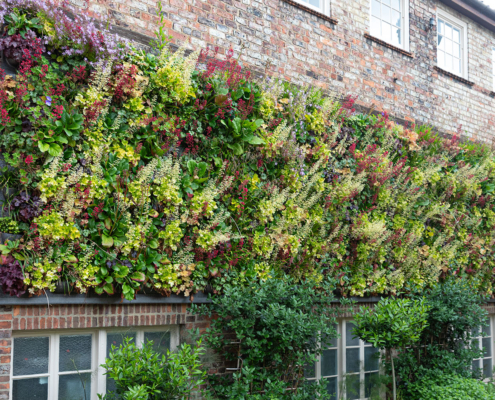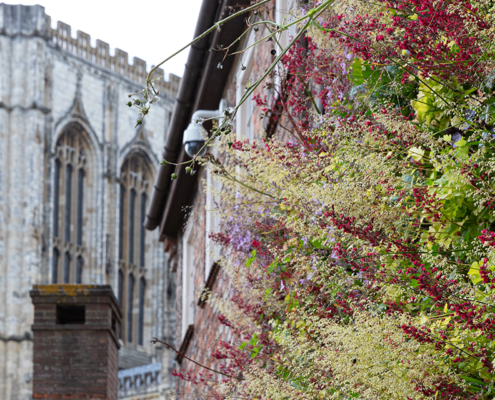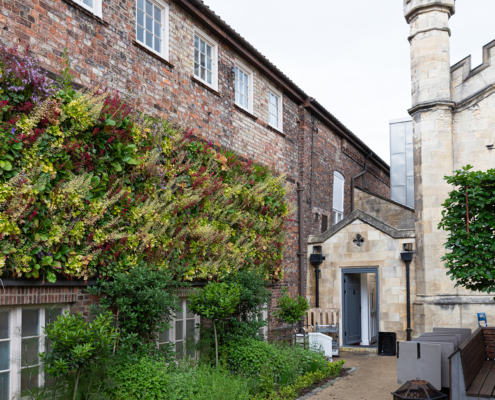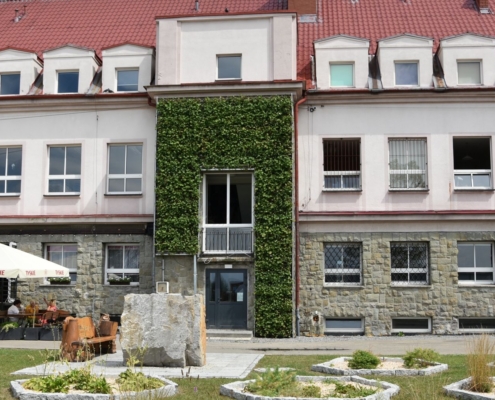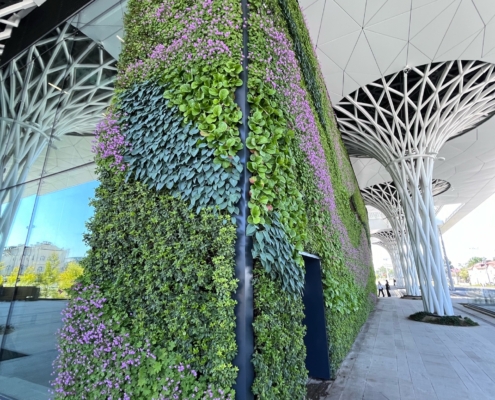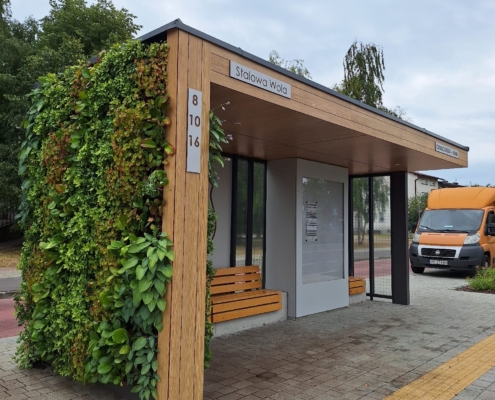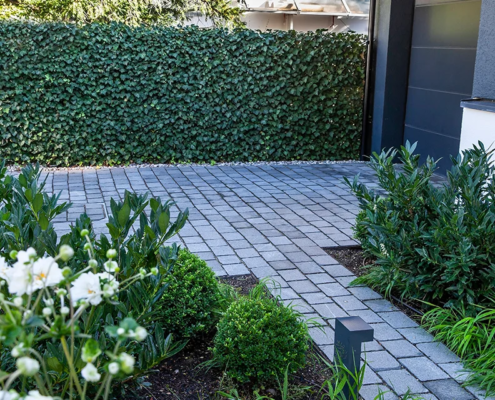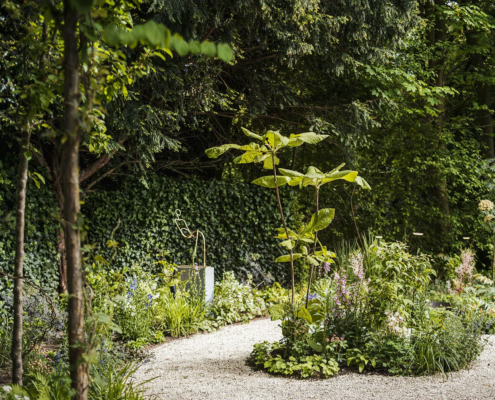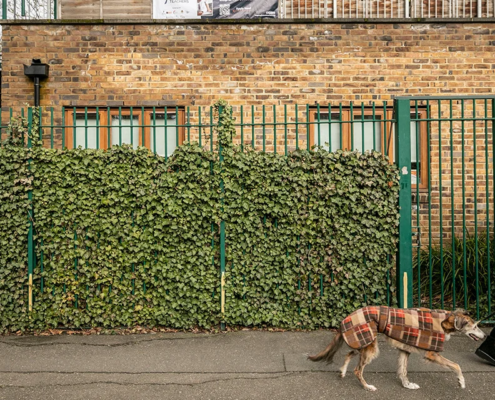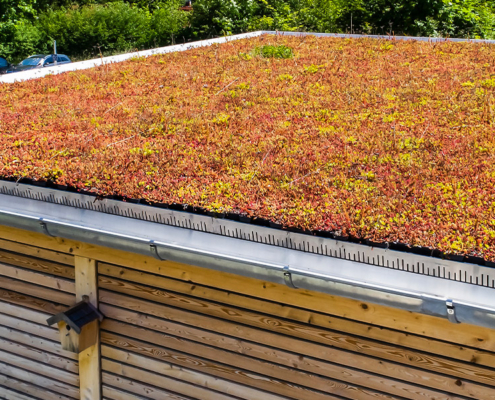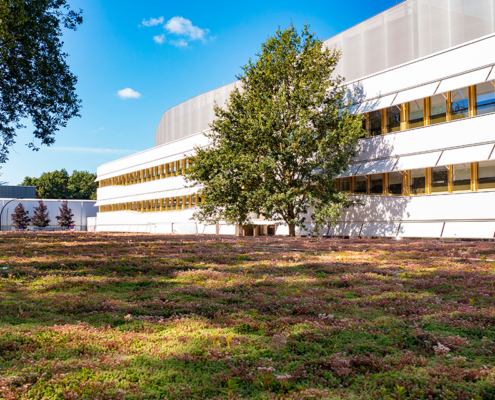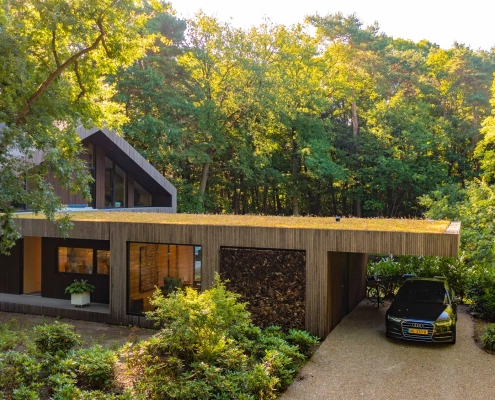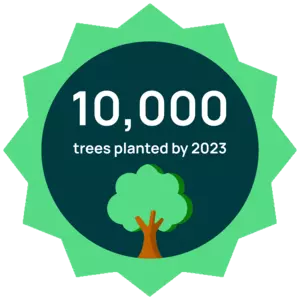Lack of urban biodiversity and ubiquitous concrete: the problem of modern agglomerations
Modern cities often suffer from a lack of biodiversity as a result of increasing urbanisation and ubiquitous concrete buildings. Grey, concrete spaces dominate the urban landscape, which not only negatively affects the aesthetics of the surroundings, but also the health of the inhabitants. The lack of greenery limits opportunities to improve air quality, reduces natural habitats for insects and birds, and contributes to rising urban temperatures, creating so-called urban heat islands. In the face of these challenges, there is a growing need to introduce greenery into cities, allowing for increased biodiversity and improved quality of life for residents.
Limited space in cities: a challenge for urban greening
Modern cities, due to their dense built environment, face a serious problem of a lack of available space for planting traditional green elements such as trees, shrubs and lawns. High buildings, narrow streets, concrete pavements and ubiquitous car parks mean that natural spaces are systematically reduced. As a result, city dwellers are deprived of access to green spaces, which negatively affects their health and well-being.
Lack of space for planting trees and shrubs not only limits access to greenery, but also affects air quality, temperature and the overall microclimate in cities. Indeed, urban greenery is crucial for reducing the urban heat island effect, cleaning the air of pollutants and improving the aesthetics of public spaces. Unfortunately, in cities where every square metre is precious, space for traditional green spaces is in short supply.
In such conditions, it is necessary to look for alternative solutions to introduce greenery into the city, even where there is no space for traditional plantings. Vertical greenery, green roofs or facade gardens are innovative solutions that can significantly improve the quality of life in urbanised spaces, allowing residents to enjoy the benefits of greenery even in the most crowded parts of the city.
Green façades as a way to enhance biodiversity
One innovative solution to improve the quality of life in cities is to green facadeswhich can be found in our range of products. These are plant systems that cover the walls of buildings to create living green walls, called vertical gardens. Green façades not only add to the aesthetics of urban architecture, but also act as natural air filters, cleaning the air of pollutants. Such solutions make it possible to increasing biodiversity in the urban environmentbecause plants on façades attract pollinating insects and birds, which find refuge in them. Green walls also help to regulate the temperature of buildings naturally and improve interior acoustics. Thus, even in crowded and built-up cities, green oases can be created that benefit the health and well-being of the inhabitants. Green façades are an excellent way to combat the concrete jungle by introducing greenery where it is lacking.
Ivy fences: a natural barrier to noise and dust
Another interesting solution from our range is ivy fences. These living fences are a great alternative to traditional concrete or metal fences. Growing on specially designed structures, ivy not only creates a natural barrier, but also perfectly dampens noise and limits dust penetration. Ivy fences contribute to the improving the microclimate in the immediate vicinitycreating a more pleasant living space. In addition, the greenery arranged in this way supports the local fauna, offering shelter for small animals and birds.
Other vertical ways to green cities
In cities where space is at a premium, smaller greening solutions can be just as effective. Paintings of plants or moss are innovative decorations that bring nature indoors, without the need for a large space. Such paintings not only decorate rooms, but also improve air quality and introduce a relaxing atmosphere. Mobile plant partitions are another creative way to add greenery in areas where space is limited. These green, portable walls can be set up in offices, restaurants, public buildings or homes, serving not only an aesthetic but also a practical function - as natural partitions that divide a space and at the same time enliven it with greenery. Thanks to such solutions, even the smallest urban interiors can acquire a new, more natural quality.
Green roofs: an innovative approach to urban greening
In addition to vertical solutions, it is also worth looking at green roofs, which are becoming an increasingly popular way to introduce greenery into cities. Green roofs are systems consisting of cassettes filled with plants that can be installed on low-slope or flat roofs. This solution makes efficient use of unused roof space, transforming it into green spaces. Green roofs not only improve the aesthetics of buildings, but also contribute to better thermal insulation, which can reduce heating and air conditioning costs. Additionally, these roofs can retain rainwater, which improves urban water management.
Vertical greenery, combined with other modern solutions such as green roofs, is an effective tool to combat the negative effects of urbanisation, helping to improve the quality of life in cities. The products offered by our company are not only a way to enrich the urban landscape, but also an investment in a healthier and friendlier space for all residents.
Work with Us. Green façades as a way to enhance urban biodiversity
Enhancing urban biodiversity is a key step towards a healthier, more sustainable urban environment. The introduction of vertical greenery, green roofs or friendly ecosystems in urban areas not only supports biodiversity, but also improves the quality of life for residents.
If you are an architect, designer or developer who wants to introduce modern green solutions in your projects, we invite you to work with Green for Fun. Our experience in creating green facades and systems that support urban biodiversity will allow you to realise projects that are not only aesthetically pleasing but also nature-friendly. Together we can change cities for the better - join us and create a green future with Green for Fun!
